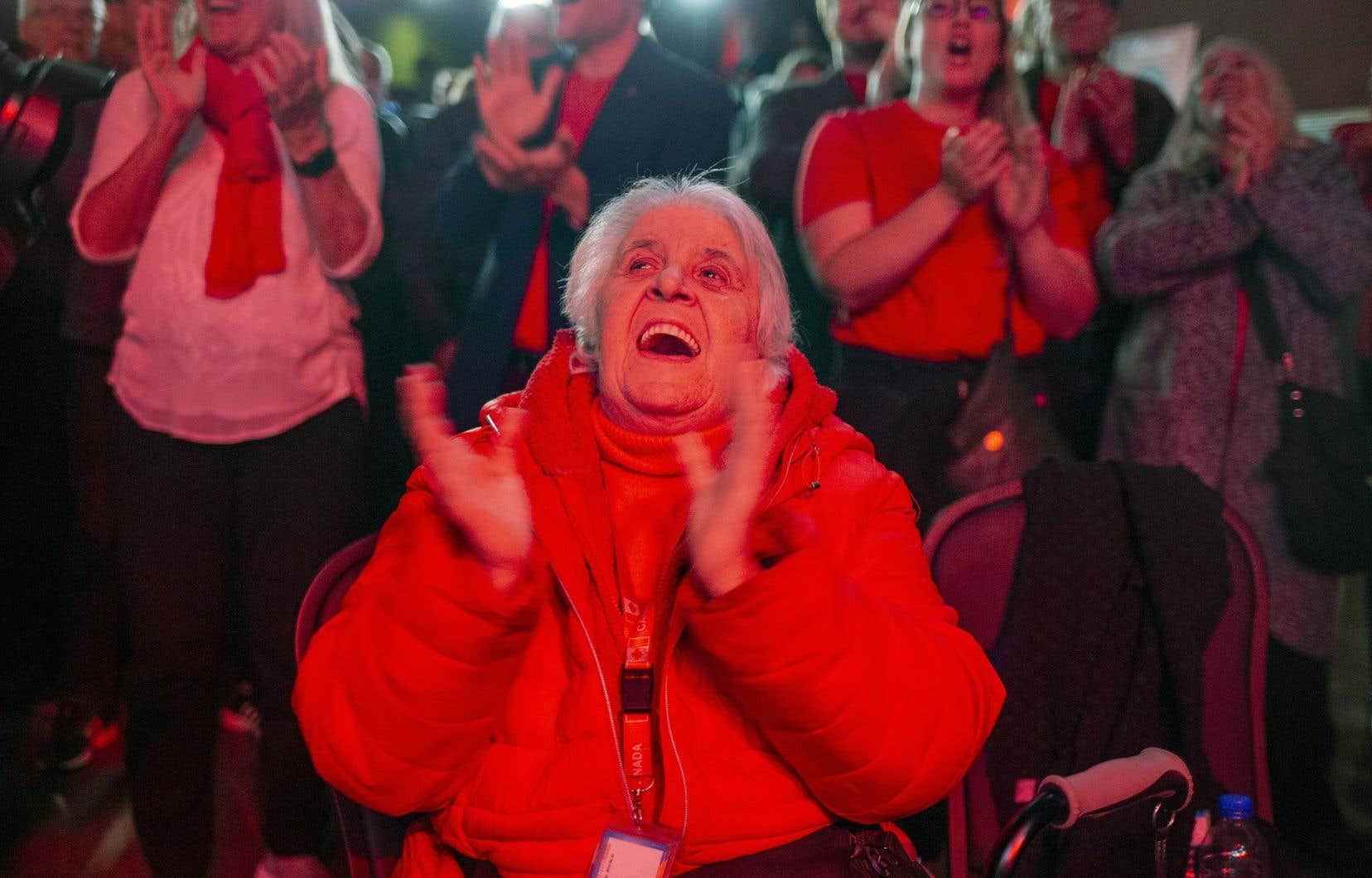An elected member is an elected member. A victory is a victory. However, the participation rates of the ridings won by the Liberal Party of Quebec (PLQ) have reason to worry the tenors of the political party about the future. These victories are among the weakest in the province, according to the analysis of To have to.
The collapse of the liberal vote is felt even in the fortified castles: Dominique Anglade’s troops have won 16 of the 20 constituencies with the lowest participation rates.
Two of the other ridings in this sad bunch — Ungava and Duplessis, both won by the CAQ — are, however, in the largest regions of Quebec. The simple difficulty of access to the vote explains the meager mobilization in these parts of the country, estimates Catherine Côté, professor at the School of Applied Politics at the University of Sherbrooke.
“What worries [dans les autres circonscriptions], it’s the vote of people who no longer feel sufficiently connected to the party to take the trouble to vote,” adds the professor. “They’re not necessarily against the party, but they’re not enthusiastic enough about the party to bother going to vote. They may feel bad about not voting Liberal, so they abstain from voting. »
Fear or crush
On the contrary, close contests attract voters. The Îles-de-la-Madeleine race kept aspiring PQ and CAQ players in suspense all evening; the participation rate reached 75%. “The more we are told that the race is going to be tight, the more people tend to vote,” explains Catherine Côté. “It’s not so much a crush [qui mobilise] than the fear of what can happen if we don’t vote. »
The extensive media coverage of a possible Conservative breakthrough around the national capital also undoubtedly prompted many people to vote despite the large lead of the Caquiste candidates from Lévis and Chutes-de-la-Chaudières in the voting intentions.
The extremely tight fight in Verdun is an exception to this rule: few people went to vote in this Montreal riding. Especially because the population there is very heterogeneous, argues Mme Side. “It means that there is no homogeneous group that can make the difference. There are people who followed the campaign less — allophones or anglophones, for example, for language issues. […] They also sometimes have other things to do to follow the campaign. It demobilizes a bit. »
Hence the importance of “getting out the vote”.
A general rate “still good”
The general participation rate of 66% is “still good”, according to the Quebec political scientist. The victory of François Legault seemed acquired for ages, she recalls, and nothing seemed to move the needle of the polls. Under these conditions, indifference could have won over the electorate.
Rather, the democratic enthusiasm came out of the struggle for the official opposition. The Conservative Party of Quebec stands out in this regard, since many of their supporters probably fell into the category of abstainers. Éric Duhaime even insisted on wanting to be the voice of those who don’t have one. “It’s a very strong engine, protest,” confirms Catherine Côté.
She notes all the same that the abstentionist third of voters is not far from politics. “Many people, especially among the youngest, have the impression of doing a lot of political things, but going to vote is not always considered the basic act to do. They are militant, but not within a political party. They do not vote, but are not apolitical. »
